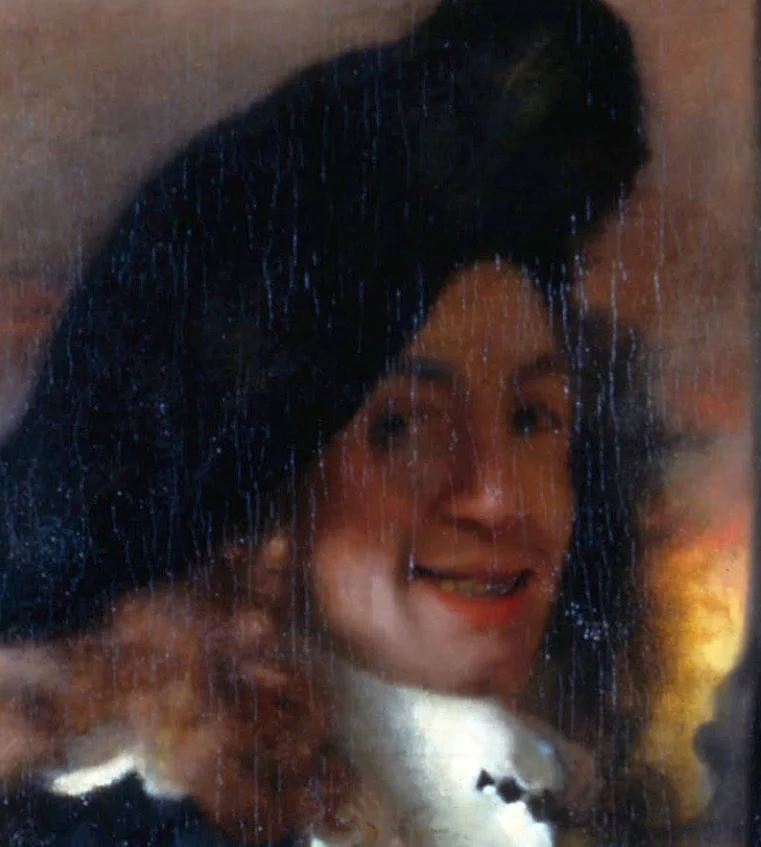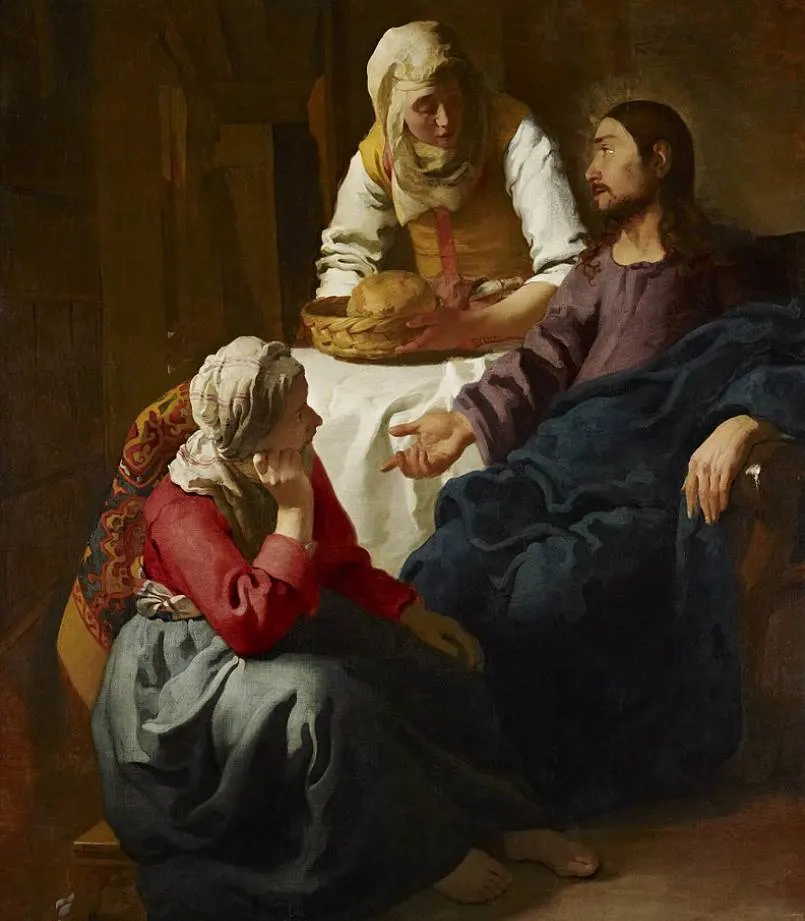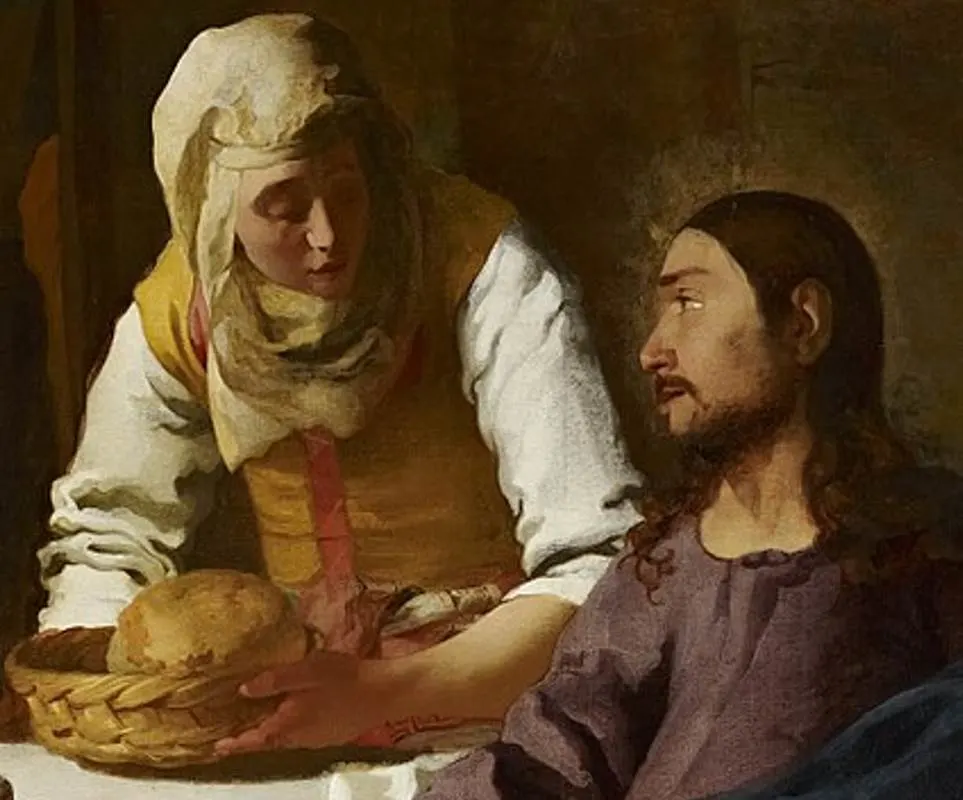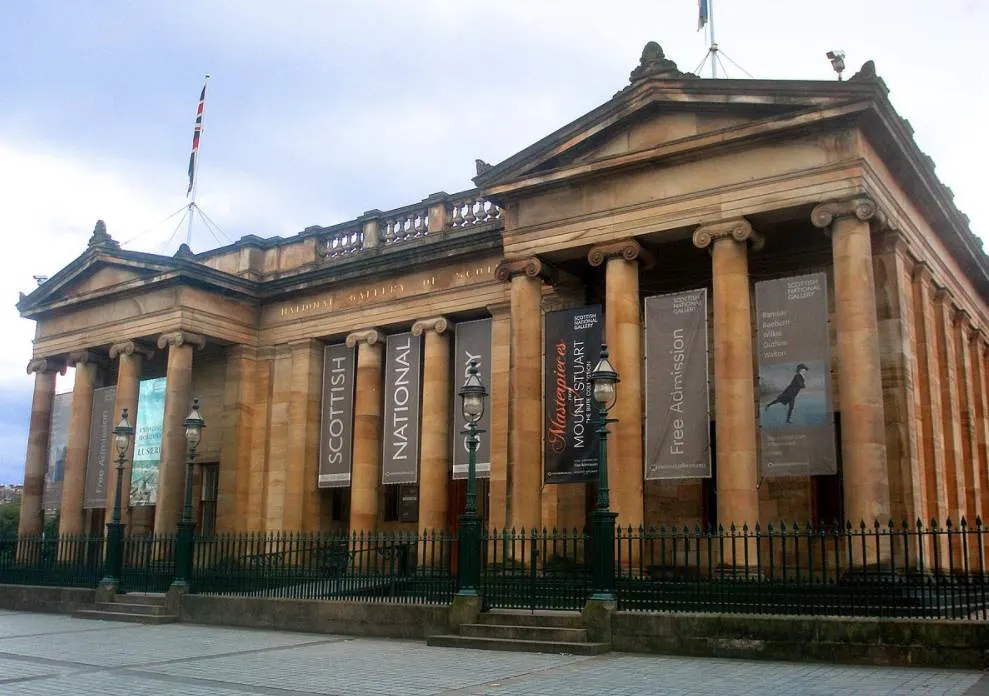Dutch Golden Age Painter Johannes Vermeer (1632-1675) wasn’t known for creating monumental works of art. He focused on detailed little paintings which he meticulously worked on for many months and which often depicted common scenes inside his house in Delft.
Christ in the House of Martha and Mary by Vermeer is one of the most remarkable works of art in his oeuvre for several reasons. Let’s take a closer at some of the most interesting facts about a fascinating painting by this master of the Baroque period.
1. It was painted shortly after Vermeer got married
Johannes Vermeer married a woman named Catharina Bolenes in the year 1653, a Catholic woman from a relatively wealthy family. This meant that he could fully dedicate himself to his art but also that he had to convert to Catholicism (he was born in a Calvinist family).
This makes the painting called Christ in the House of Martha and Mary a remarkable work as it was painted shortly after he got married. Whether to choice of the religious subject and his conversion to Catholicism are related remains unknown.

2. It’s his only work that depicts a story from the Bible
Most art historians agree that Vermeer didn’t have to be forced to convert to another faith and did so wholeheartedly. This is regardless of the notion that it’s Vermeer’s mother-in-law, Maria Thins, who urged him to convert and not his wife.
Shortly after the marriage, the couple moved into the large house of the woman and Vermeer set up his studio in one of the rooms. Most of his works were not only painted inside this house in Delft but also depict the rooms.
This particular work was derived from St Luke’s Gospel n the New Testament which tells the story about Jesus Christ visiting the house of Martha, Mary’s sister. Martha appears to be preoccupied with the household chores while Mary instantly sits down to listen to what Christ has to say.

3. It’s one of the earliest and largest painting that he ever completed
The artist didn’t leave behind a whole lot of paintings, mainly because he painted extremely slowly and because he died young at the age of 43. Shortly after he married he was accepted in the Guild of Saint Luke in his hometown but didn’t pay the yearly fee.
It’s the largest that he ever created with dimensions of 160 × 142 centimeters (63 × 56 inches). Most of his other works are delicate little paintings, often depicting women as they are doing various types of chores inside the house he lived in.

Another work in a religious context called “The Allegory of Faith” has dimensions of 114.3 × 88.9 centimeters (45.0 × 35.0 inches). His smallest work is called “The Lacemaker” and only measures 24.5 × 21 centimeters (9.6 × 8.3 inches).
4. Vermeer was probably influenced by a group of painters from Utrecht
A rather unpleasant figure with a copious amount of talent made it big in Rome in the early 17th century. Caravaggio (1571-1610) created some of the most remarkable works of art during the Baroque period and influenced countless artists in Italy and beyond.
A group of artists in the Dutch city of Utrecht were so heavily influenced by the contrast of light and shadow, a technique known as “Chiaroscuro” or “Tenebrism,” that they are now referred to as the “Utrecht Caravaggisti.”
It’s assumed that Vermeer saw some of the works produced by these artists as this work features a similar effect of color as used by the painters from Utrecht, although it’s not as predominantly.
5. We can see glimpses of the future mastery of the artist in this early work
Vermeer developed his style throughout his career, mainly focusing on the effect of light. These glimpses of the talent that make the works of the artist so mesmerizing can already be seen in this painting as well.
Especially the light reflected on the loaf of bread and the clothes of both the women and Jesus Christ are similar to the techniques used by the mature artist.
When we observe the preoccupied Martha we can see a vision of the women who are depicted in his future works as they are doing random household chores with an intense focus.

6. It’s assumed that this painting was commissioned
Nothing is known about the original owner of the painting so we can only guess what happened to it after it was completed. The fact that Christ in the House of Martha and Mary is much larger than the usual works of the artist makes it fairly certain that this was a commission.
Combining this with the fact that the artist only recently married and was struggling financially strengthens this theory even further. If it was commissioned, it’s probably done by either a local church or even the wealthy mother-in-law of the artist himself.
7. It was described as a work by Raphael until the year 1901
One of the most remarkable facts about Christ in the House of Martha and Mary is that the painting was completely forgotten to be a work by Vermeer until the 19th century. Until then, it was assumed that it was a Raphael painting and was housed in a private collection in England.
An examination and cleaning of the work conducted in the year 1901 unveiled the signature of Johannes Vermeer. This alone is quite remarkable because, after the “rediscovery” of the artist in the 1860s, only 3 dated works had been discovered, including “The Procuress” (1656), “The Astronomer” (1668), and “The Geographer” (1669).
This discovery added 1 artwork to the humble oeuvre of about 50 paintings of which 34 are positively attributed to the artist.
8. It has been on display in a famous museum in Scotland since 1926
Following the discovery of the true artist of the work, the painting was acquired by a rich industrialist from Paisley named William Allan Coats.
He had acquired it from an art dealer in London. Coats also had connections to a Glasgow art dealer named Alexander Reid and amassed a large number of paintings created by old masters.
His two sons named Thomas H. and Major J. Coats eventually bequeathed the painting to the Scottish National Gallery in Edinburgh, a museum in the Scottish capital where this early work by Vermeer can still be admired today.

